
Explainer | Hong Kong martial arts cinema, starring Bruce Lee, Jackie Chan, Jet Li and Donnie Yen: everything you need to know
- Before Bruce Lee made kung fu – unarmed combat – films popular, Hong Kong martial arts cinema was full of wuxia – armed combat, involving lots of swordplay
- Today’s martial arts stars are well known, but what of their forebears? Who are the top directors? Which films should you see? Your questions answered
What is a martial arts film?
The word wuxia translates roughly as “martial heroes” and has its origin in the rich tradition of martial arts literature from Hong Kong, Taiwan, and mainland China.
The wandering swordsmen and swordswomen who serve as the heroes and heroines of the genre inhabit the semi-mythical martial arts world of jianghu (which translates as “rivers and lakes”, although that description is metaphorical rather than descriptive). These “knight errants” and “lady knights” come in many different shades, although they are generally chivalrous, and almost always end up on the side of good.

Kung fu is a collective term that describes a variety of Chinese martial styles. Kung fu is broken down into two main traditions, Northern and Southern, and two conceptual approaches, internal and external.
Within this, there are many distinct styles, such as Hung Gar (a popular southern style) and wing chun (the style which Bruce Lee first learned). Martial arts in kung fu films are also heavily influenced by the acrobatics of Peking Opera, which are themselves heavily stylised forms of northern-style kung fu.

Thanks to the phenomenal success of Bruce Lee in the early 1970s, kung fu films are much better known internationally than wuxia films. Indeed, most casual foreign viewers are unaware of the existence of Hong Kong’s long and plentiful tradition of wuxia films.
Before the early 1970s, most martial arts films were wuxia films. (A notable exception was the long-running Wong Fei-hung film series which ran from 1949 and to 1970.) The popularity of wuxia films declined in Hong Kong in the early 1970s and, bolstered by Lee’s success, producers switched to making kung fu films instead. Kung fu films became internationally famous in 1973 with the success of Lee’s films, including Enter the Dragon .
Wuxia films made something of a comeback in the 1990s, when filmmakers including Tsui Hark reimagined the genre with films such as Swordsman II . Conceptually, the 1990s films draw on the much older “fantastique” genre of swordfighting films, which originated in Shanghai in the 1920s.
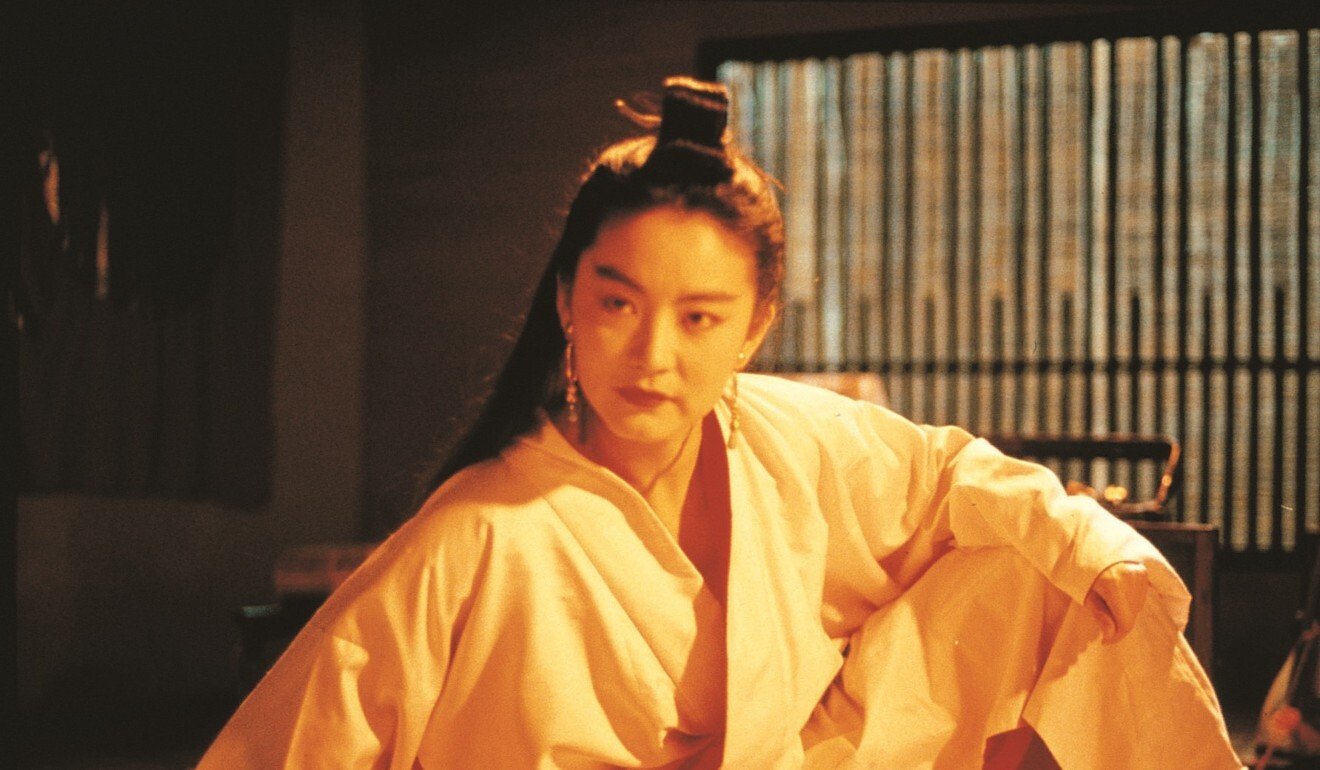
Such films give the swordsmen and -women heightened powers which verge on the magical, and the films rely just as much on special effects as swordfighting techniques. (Although more traditional wuxia heroes and heroines can perform death-defying feats, incredible acrobatics, and leap large distances, their powers fall short of being superhuman).
The 1990s also saw a resurgence of interest in kung fu films, spurred by the success of Tsui Hark’s Once Upon a Time in China films, which featured Jet Li as Wong Fei-hung. Swordplay migrated into the big historical action films of the early 2000s, such as Zhang Yimou’s Hero , while kung fu became popular again with the Ip Man series of films, which debuted in 2008 and concluded with last year’s Ip Man 4: The Finale .
Who are the big stars of the genre?
The big stars of kung fu films are household names – Bruce Lee, Jackie Chan and Jet Li Lianjie.
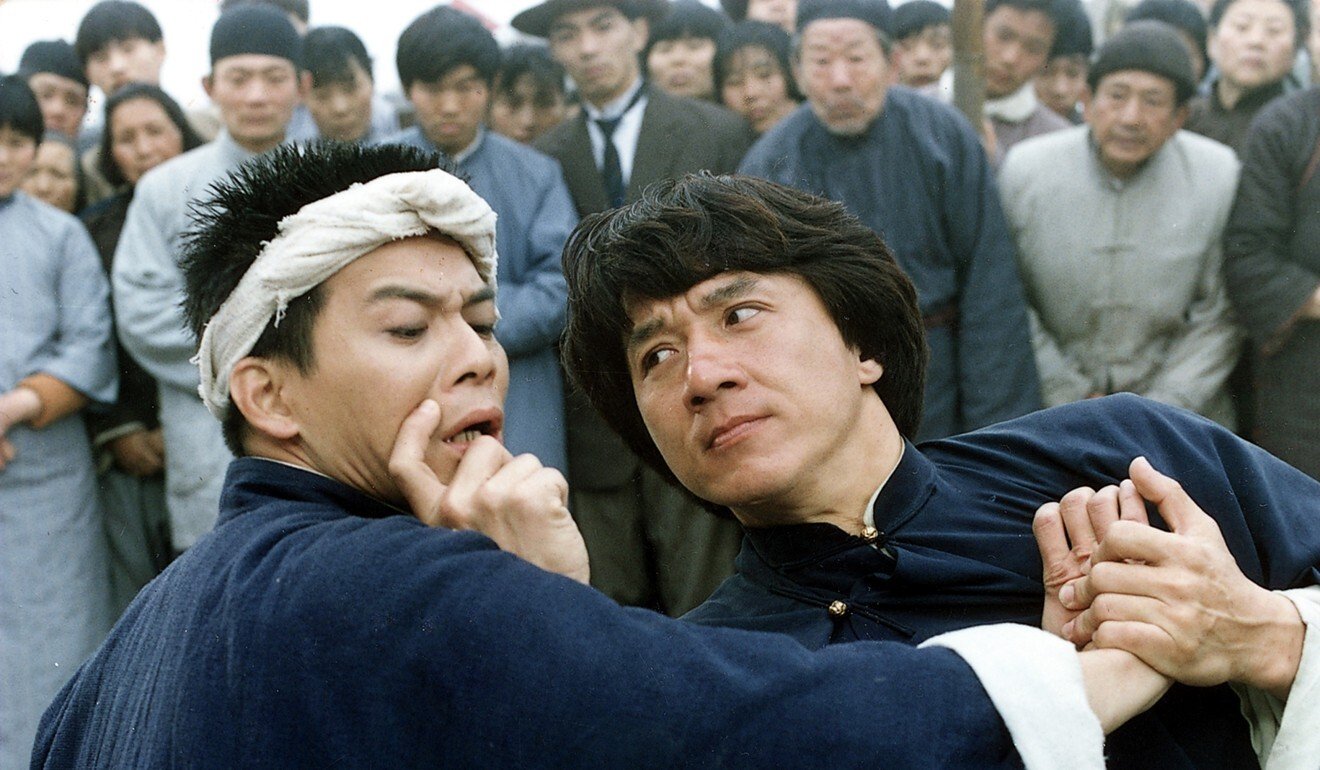
Sammo Hung has been a powerful force in the Hong Kong film industry for half a century, as an actor, director, martial arts choreographer and stuntman. Hung is a big guy, and part of the fun is seeing him perform acrobatic that seems to break the laws of gravity.
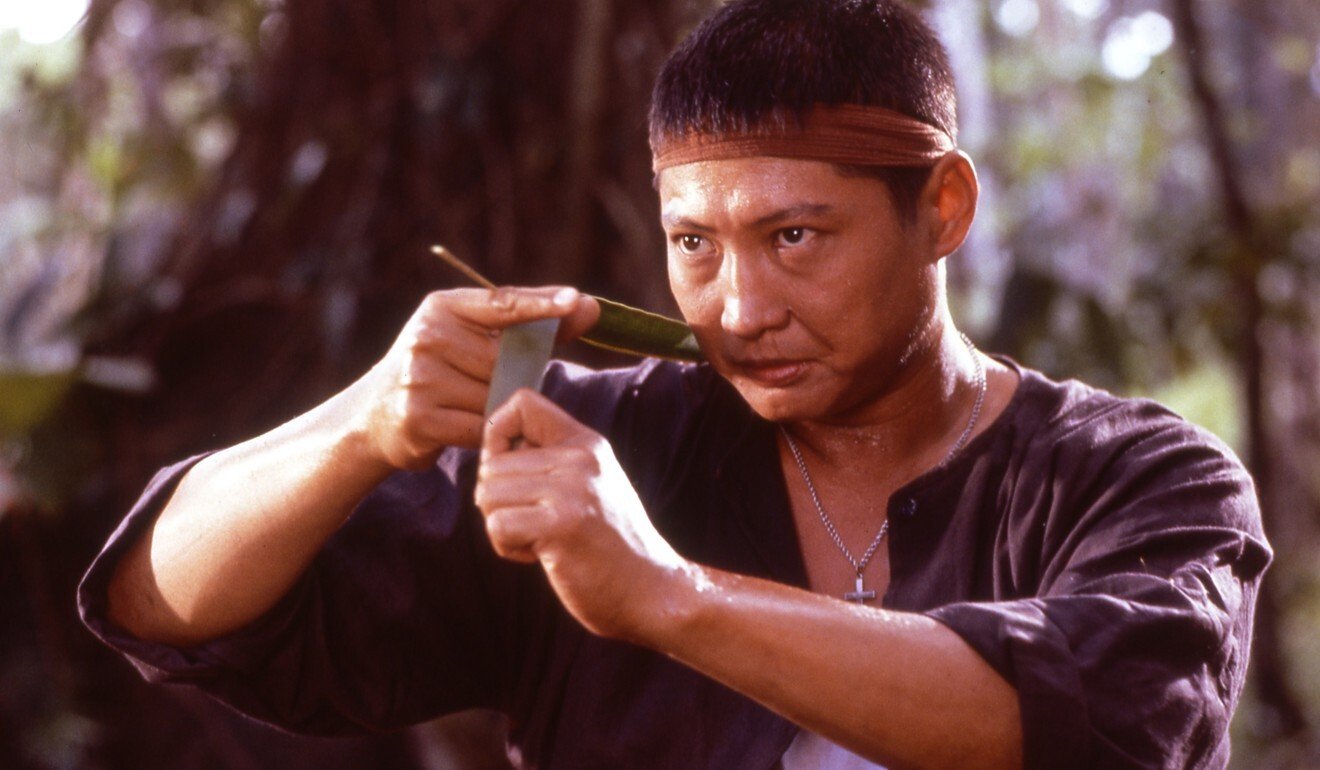
Big names from the kung fu films of the 1970s include Lo Lieh and Gordon Liu, among many, many others. Further back in the past, the kung fu hero was defined by Kwan Tak-hing, who portrayed Wong Fei-hong in around 80 films from 1949 to 1970. Kwan generally used the popular southern fighting style of Hung Gar.
Wuxia films had their own stars, too, the most famous being cool and classy Jimmy Wang Yu, the star of early classic films by Chang Cheh. Wang later transitioned to kung fu films, and directing. David Chiang, who was hired to replace Wang at Shaw Brothers studio when he left, also became a big star under Chang Cheh’s guidance, as did Ti Lung. The charismatic Alexander Fu Sheng, another protégé of Chang Cheh, was also popular.

Wuxia films featured many female stars. In the 1950s and early 1960s, before the arrival of the New Wave of Wuxia films in 1966-1967, Hong Kong cinema was aimed at female audiences – melodramas were the popular hits – and swordfighting films always featured female heroines, even if they were not portrayed as independent women.
The new wave martial arts films of King Hu continued this trend, making stars of two Taiwanese actresses, Hsu Feng and Cheng Pei-pei. Although neither had been trained in martial arts – Cheng had trained as a dancer – both performed like experts in films such as Come Drink with Me (Cheng) and A Touch of Zen (Hsu). Wuxia films abound with impressive female fighters.
In the 1990s, Brigitte Lin Ching-hsia , a dramatic actress from Taiwan, leapt to fame as the hermaphrodite martial artist Asia the Invincible in Tsui Hark and Ching Siu-tung’s Swordsman II. Along with Jet Li, Lin became the biggest star of the new style of martial arts films. Lin brought a charisma and dramatic intensity to her roles which transcended her lack of martial arts technique.
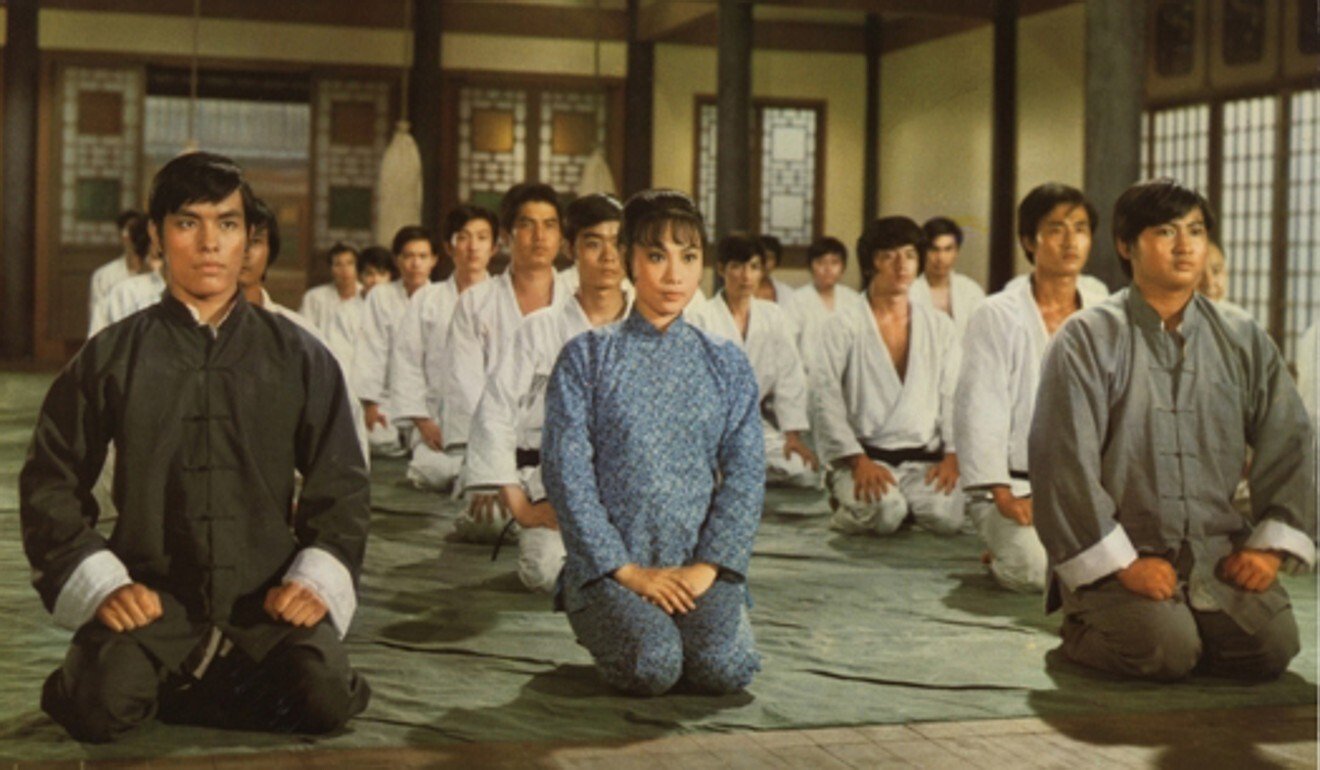
Since the mid-1980s, Michelle Yeoh (billed as Michelle Kwan in her early films) has been a popular female action star, although she has spent much of her time working abroad. Yeoh appeared in films such as Fong Sai Yuk and The Tai Chi Master, both with Jet Li, and Ang Lee’s Crouching Tiger, Hidden Dragon .
Yeoh, another former dancer, does all her own stunts and learns the martial arts styles required for each martial arts film she makes. A durable actress, she recently starred as Captain Philippa Georgiou in the Star Trek: Discovery series.
There used to be numerous martial arts schools and masters in Hong Kong, and these provided a steady stream of talent for moviemakers. For example, martial arts director/choreographer Lau Kar-leung was the son of Hung Gar master Lau Cham, who taught Gordon Liu, who later appeared in Lau’s 36th Chamber of Shaolin . With the decline of such schools, the pool of potential martial arts actors and actresses has decreased.
Who are the most famous martial arts film directors?
The two towering giants of the wuxia genre are Chang Cheh and King Hu.

The prolific Chang Cheh, working at Shaw Brothers, redefined the genre in the mid-1960s in numerous ways. He made the action more realistic and used modern cinematography and editing techniques to make the fight sequences more cinematic. He brought gore and violence to the genre, and developed the idea of a rebellious masculine hero who was in tune with the times.
When the wuxia genre faded, Chang moved successfully into directing kung fu films, although the quality of his output became patchy.
King Hu was equally important. Hu drew on literature and Peking Opera to make aesthetically pleasing, literate and literary historical works which featured graceful and powerful martial arts choreography. He also made innovative use of editing techniques. Hu’s A Touch of Zen transcended the genre to become a masterpiece of world cinema.

One important facet of martial arts films is that most directors are not experts in martial arts, and consequently hand over the martial arts scenes to specialised martial arts choreographers. By and large, the choreographers take full control of the action scenes, choreographing the movements of the performers, and deciding the camera movements.
This level of autonomy does not exist in Hollywood. Chang Cheh, for instance, worked with choreographer Lau Kar-leung for the first part of his career.
Some martial arts choreographers go on to become directors in their own right. Lau Kar-leung went on to become a powerful force in kung fu films as a director, with a mission to showcase the purity of the southern styles of kung fu in his films.
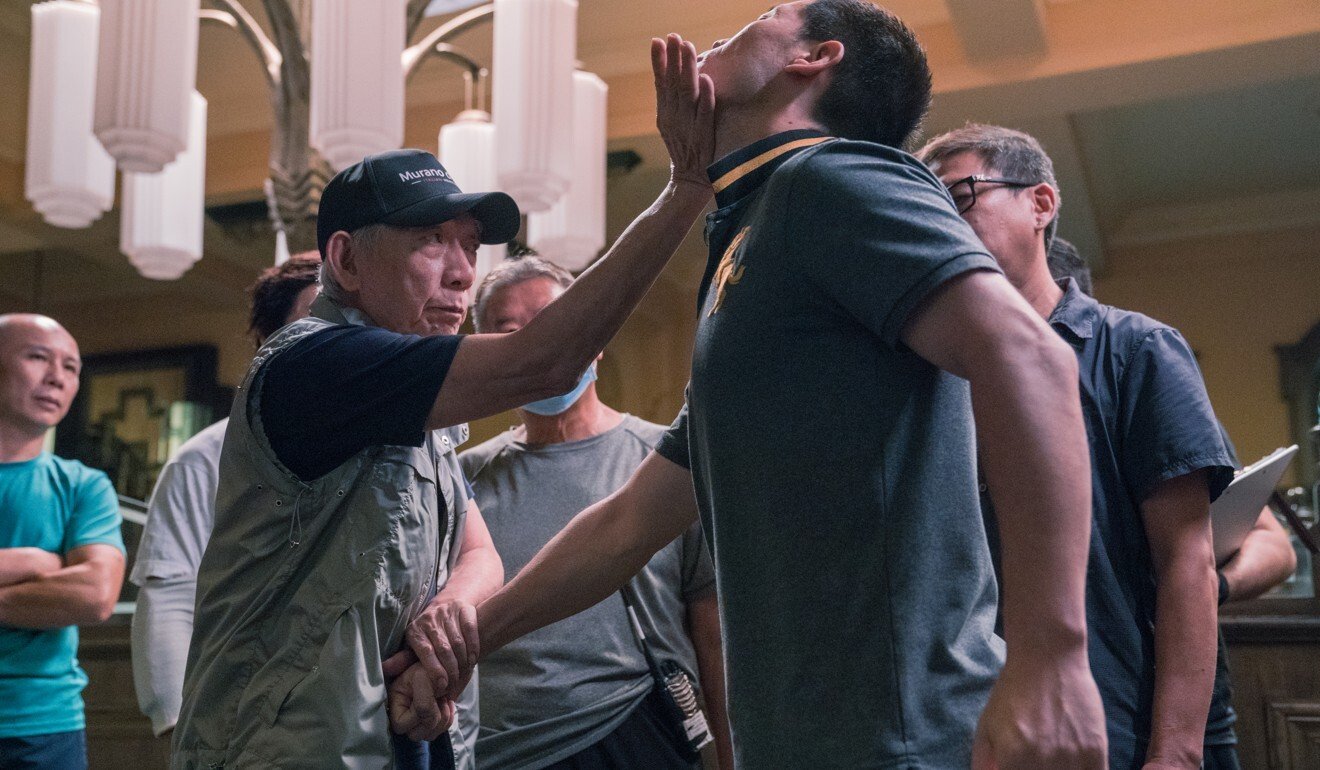
Ching Siu-tung, who worked with Tsui Hark on some of his 1990s hits – such as A Chinese Ghost Story – as director, is also an expert martial arts choreographer.
Bruce Lee didn’t have much luck with directors, falling out with the veteran Lo Wei, who directed his first two martial arts movies, and directing most the martial arts sequences himself. Lee also directed himself in Way of the Dragon. Similarly, Jackie Chan has often directed himself, and he always designs the fight sequences in his local work, whether he is the film’s director or not.
Which Hong Kong martial arts films should I watch?
How much time do you have? The world of martial arts cinema is boundless under heaven. For wuxia films, Chang Cheh’s One-Armed Swordsman and Golden Swallow are good places to start, along with King Hu’s Come Drink with Me and A Touch of Zen.

For kung fu, Bruce Lee’s films are, of course, essential viewing – Fist of Fury may be the best introduction – as are Jackie Chan’s Project A and Police Story. The best films from Chang Cheh’s kung fu period include Heroes Two and Men from the Monastery.
Lau Kar-leung’s Executioners from Shaolin is a superior work with solid dramatic qualities drama as well as action, while his 36th Chamber of Shaolin is an essential primer on the ethos behind the practice of southern-style kung fu, as well as an informative compendium of its techniques. Lau’s relentless The Eight-Diagram Pole Fighter features truly amazing pole fighting.
Jet Li’s early Shaolin Temple features impressive displays of wushu – which is a non-combat version of martial arts sanctioned by the authorities in China – while his work in the two Once Upon a Time in China films is the highlight of his later collaboration with director Tsui Hark.

The special-effects-laden Swordsman III – The East is Red is a wildly enjoyable example of the fantasy kung fu films of the 1990s.
In this regular feature series on the best of Hong Kong martial arts cinema, we examine the legacy of classic films, re-evaluate the careers of its greatest stars, and revisit some of the lesser-known aspects of the beloved genre. These are the features previously published in the series:
– Like spaghetti Westerns starring Clint Eastwood, an amoral drifter leads cast of Deaf and Mute Heroine
– How Jet Li’s nameless Hero encapsulates Zhang Yimou’s political philosophy in 2002 film
– The making of Bruce Lee film Enter the Dragon , movie that launched a thousand fight clubs
– Why Leslie Cheung had to be talked into making 1987 Tsui Hark classic A Chinese Ghost Story
– How a golden age of wuxia movies began with 1967 classic film One-Armed Swordsman
– How Ashes of Time , star-studded Wong Kar-wai film, gained classic status
– First martial arts film to put family at centre of the action, Executioners from Shaolin is a masterpiece
– When Joan Chen was persuaded to shave her head to play an assassin in Temptation of a Monk
– Why King Boxer (1972), aka Five Fingers of Death, remains a fan favourite
– Kung Fu : how Bruce Lee lost out to David Carradine for role in martial arts TV series
– A Touch of Zen , King Hu’s 1971 wuxia film, transcends genres to stand on a par with other cinematic classics
– Golden Swallow , Chang Cheh’s 1968 classic, is the director’s finest swordplay movie
– Jet Li’s star turn in Once Upon a Time in China , Tsui Hark film that revitalised Hong Kong martial arts cinema
– How The Matrix ’s Yuen Woo-ping shaped the trilogy with his action choreography
– Some of the best kung fu scenes ever filmed, in The 36th Chamber of Shaolin
